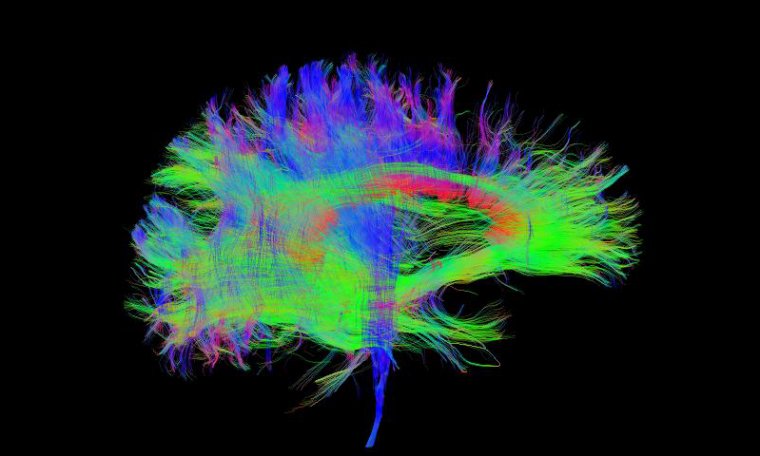Autism involves a large-scale reduction in RNA editing

Most genes encode proteins and are transcribed from DNA into RNA before they’re translated into a protein. In complex cells, however, there are lots of added layers of complexity. The RNA typically has chunks cut out of it, has its start and end modified, and more. Collectively, these changes are called RNA processing.
Xinshu Xiao’s lab at UCLA studies RNA processing in all of its many forms. RNA editing is a type of modification that involves the alteration of RNA sequences by swapping in different bases. This has the effect of increasing the number of different protein products that can be generated from a single gene.
RNA editing is known to be important in nervous system development, specifically the formation of connections between nerve cells, called synapses. Synaptic development is abnormal in autism spectrum disorders. So Xiao and her colleagues decided to look at RNA editing in the brains of people with autism. They found that RNA editing was reduced in multiple areas of the brain, and multiple genes were affected.
Donate your brain to science
To look at this issue, Xiao and her team examined postmortem brains donated by about 50 people with autism and compared that to data from a set of control brains. The researchers focused their efforts on the prefrontal cortex, temporal cortex, and cerebellum, as these regions have been implicated in susceptibility to ASD. For replication purposes, the researchers performed their experiments on two different cohorts of postmortem brains collected by different labs. (They came up with the same results both times.)
The data showed lower levels of RNA editing in the autistic brains. Most of the RNAs that were under-edited in autistic brains relative to control brains come from genes that are involved in the transmission of glutamate, a vital neurotransmitter, across synapses. Many of them are also important during the fetal and infant stages of brain development. The researchers conclude that a reduction in RNA editing could contribute to abnormal synaptic development in ASD.
To try to figure out the mechanism behind this diminished RNA editing, they looked for regulatory genes with changes in activity that mirrored the changes in editing. They found two proteins: FMRP1 and FXR1P. FMRP1 stands for fragile X mental retardation protein, and FXR1 is fragile X mental retardation syndrome-related protein 1. Levels of FMRP1 are reduced in people with ASD.
Fragile X
Fragile X syndrome is an inherited disorder caused by mutations in the gene for FMRP1. It is characterized by learning disabilities and cognitive impairments; about half of people with fragile X also have ASD. FMRP1 was already known to be important for the maintenance of synapses and to regulate ASD risk genes.
This study cemented the implications of previous work by placing the FMRP1 protein at the scene of the crime. The scientists isolated FMRP1 molecules physically connected to editing sites on mRNA molecules. These molecules were transcribed from genes involved in synaptic formation that are under-edited in autistic brains and further showed that FMRP1 is required to edit those sites.
Genetics are a causative factor in ASD but not in a straightforward way—many genes and other factors combine in different ways that can result in the condition. But one relatively simple way ASD can happen is by duplication of part of chromosome 15. This duplication accounts for up to three percent of ASD diagnoses and results in more severe cases: more severe motor impairments, more severe intellectual disability, and a greater magnitude of overall dysregulation of gene expression.
Xiao et al. found more profound RNA hypoediting in people with this duplication than in other people with ASD, further bolstering their conclusion that RNA editing has a formative role in neurogenesis and that messing with it can lead to neurodevelopmental disorders.
Nature Neuroscience, 2018. DOI: 10.1038/s41593-018-0287-x (About DOIs).
https://arstechnica.com/?p=1431711